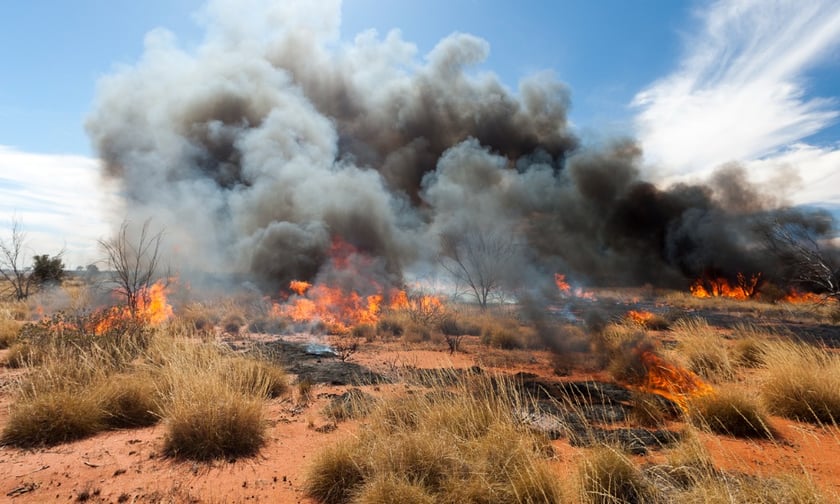

The Wildland Fire Mitigation and Management Commission has published its final report as part of a directive from Congress under the Infrastructure Investment and Jobs Act to address the threat of catastrophic wildfires in the country.
Titled “On Fire: The Report of the Wildland Fire Mitigation and Management Commission,” the report goes over insights from three distinct entities. David A. Sampson, the president and CEO of the American Property Casualty Insurance Association (APCIA), is a member of this commission and holds the property development industry seat. APCIA is actively involved in initiatives to educate individuals, businesses, and communities about the risks posed by wildfires.
Michele Steinberg, the director of the wildfire division at the National Fire Protection Association (NFPA), serves as an alternate in the property development seat and advocates for policies that aim to mitigate death, injury, property damage, and economic loss caused by fires.
Roy Wright, the CEO of the Insurance Institute for Business & Home Safety (IBHS), provided subject matter expertise to the commission based on IBHS's extensive research focused on reducing wildfire risk in the built environment.
“It has been an honor to serve on the commission and work with a diverse group of members to develop consensus recommendations for congressional action to reduce the risk of catastrophic wildfires in the US. Property-casualty insurers have long been engaged in ongoing efforts to prevent and reduce devastation from natural catastrophes, including wildfires. I appreciated the opportunity to bring to the Commission the expertise of the property casualty insurance industry, and following extensive outreach to other stakeholders, broader perspectives from across the property development industry,” Sampson said.
Sampson emphasized that substantial change is needed in the federal government’s approach to reduce catastrophic wildfire risks and its impacts. However, he also underscored the vital role that society itself will also need to play.
“Together, the Commission’s themes, significantly changing the approach to mitigating and managing wildfires; strengthening partnerships and collaboration between government, non-governmental entities, and the private sector; utilizing scientific research-based technology and modeling; increasing investments for resilience and focus on pre-fire mitigation and post-fire recovery; utilizing prescribed fire for resource purposes; and supporting and improving the fire workforce, provide a comprehensive solution to reduce the risk of wildfires. APCIA will work with Congress to advance legislation stemming from the commission’s recommendations,” he said.
Steinberg said that for a shift in the wildfire trajectory to truly occur, a change in the status quo is necessary – even more significant is in the way communities prepare for these catastrophes.
“I'm extremely proud of the final report published by the commission. It identifies critical actions needed – in both the built and natural environments – to stem property loss and environmental impacts, and to safeguard public health and the safety and effectiveness of wildfire response, providing a roadmap for moving in the right direction,” she said.
Wright said that science-based solutions should be implemented to reduce the destruction wildfires caused, especially once they go amok and threaten the lives of homes and communities.
“The commission's report makes key recommendations to strengthen our nation's posture and help home and business owners,” Wright said. “And there are steps home and business owners can take today to strengthen their properties including creating a five-foot noncombustible buffer around their structures. The key is to take the first step and develop a plan so you will have a course of action.”
What are your thoughts on this story? Please feel free to share your comments below.
